Expensive toy or the real deal? Meet China’s new ‘flying car’
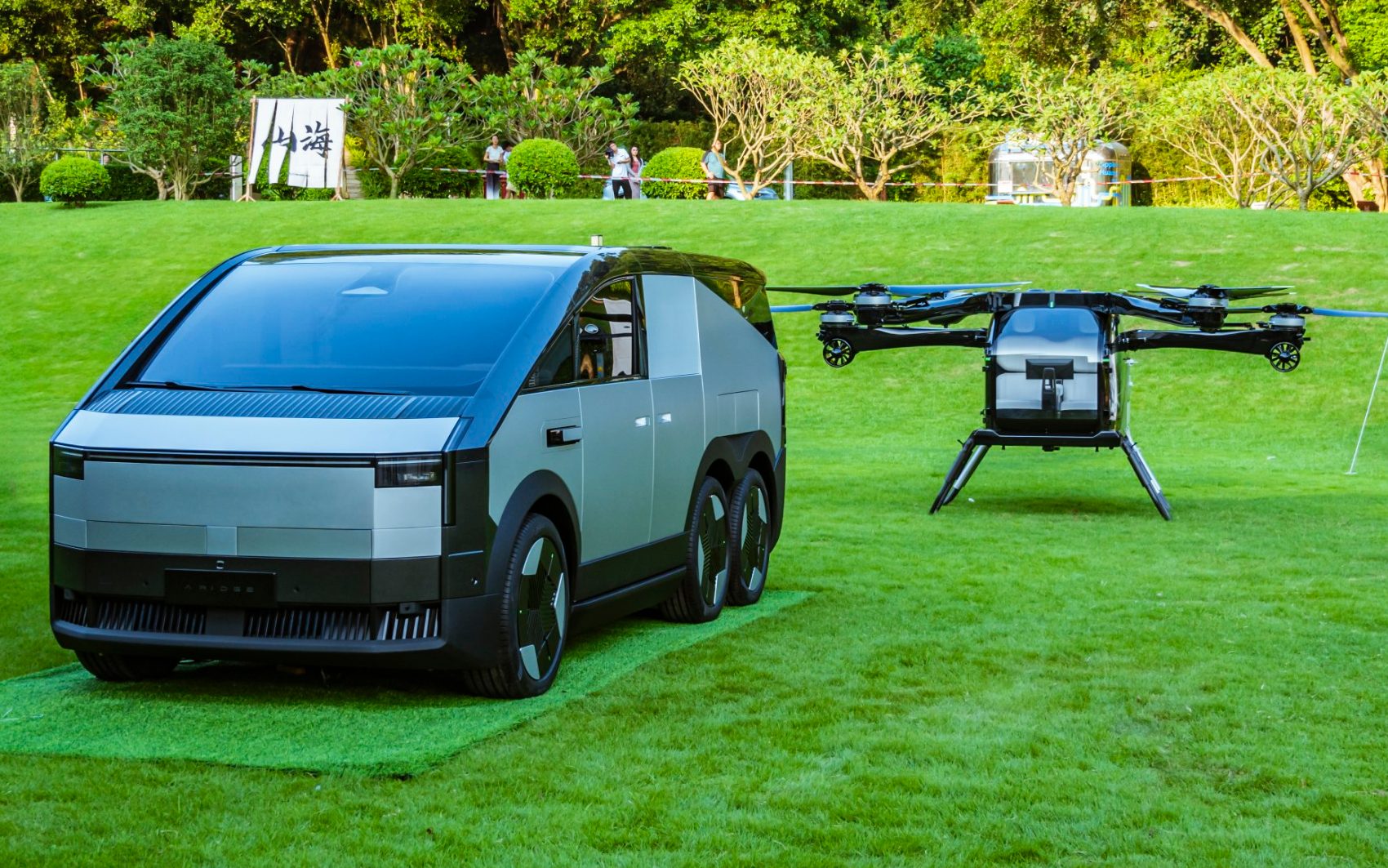
Personal air travel has come in a variety of forms over the last century and none of them have achieved long-term success. Some were nothing more than automobiles with wings attached, others were just aircraft with pseudo-road-friendly features, and hundreds more have fallen somewhere in between, but all share one common characteristic: complete business failure.
There was the Convair Model 118, for instance, which was a four-seat car made of fibreglass, with the ability to tow detachable wings behind it. More recently, the Plane Driven PD-1 was a derivative of the Glasair Sportsman light aircraft, effectively a Flying Car that can be driven on the road without needing any additional adjustments. Inventors have been experimenting with this idea since aeroplanes and cars were invented, but unfortunately, for various reasons, nothing has yet been effective.
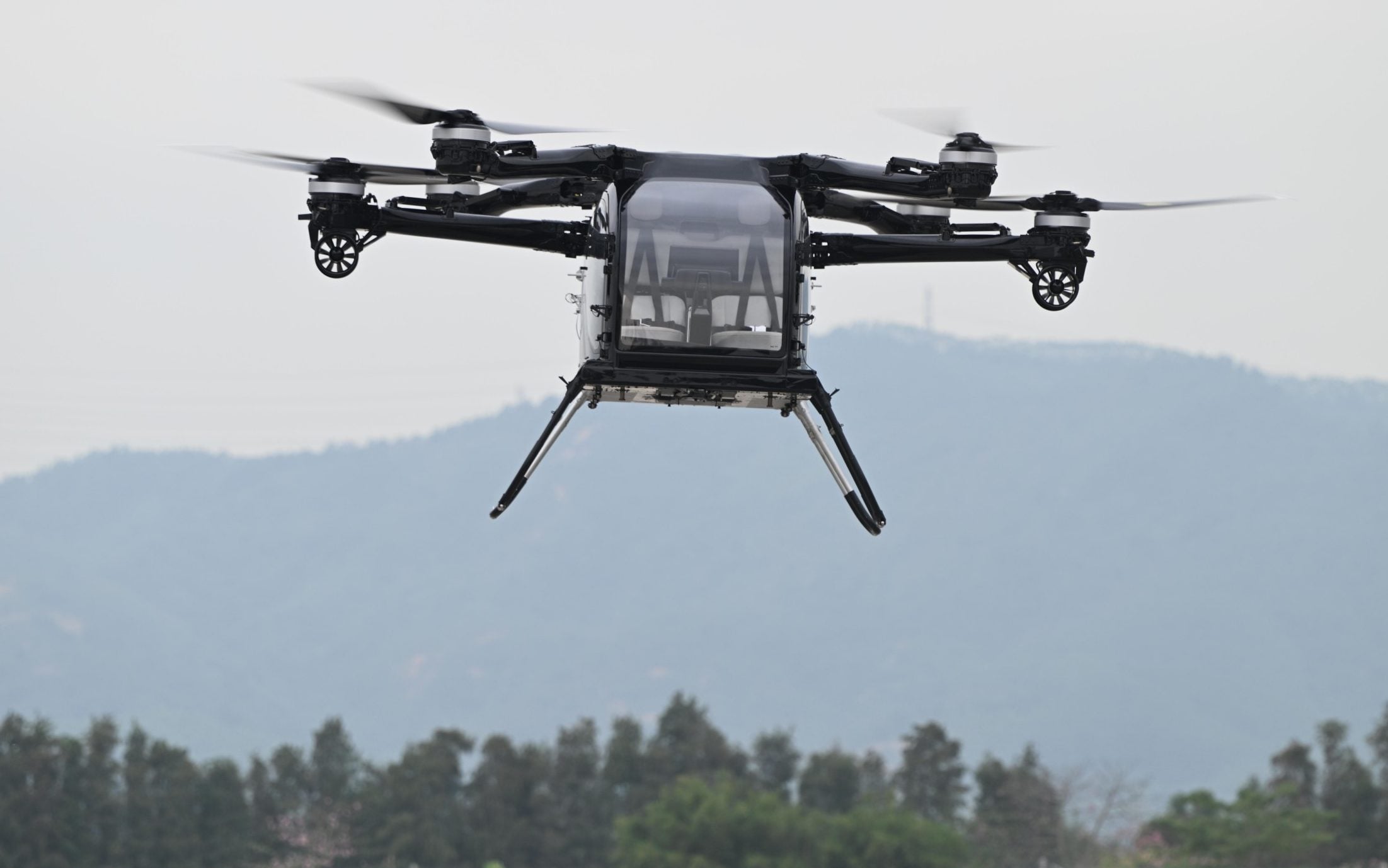
Every year, new flying cars are announced, but none of them ever become a reality, making the XPeng Aero HT Land Aircraft Carrier quite notable. The machine is comprised of two parts: a rugged, six-wheeled, four-seat "mother ship" and a lightweight quadcopter with room for two passengers, which can take off vertically and stay airborne for more than 30 minutes. Designed by Aero HT, a subsidiary of the Chinese automobile manufacturer XPeng, the car's boot has a special cargo compartment to house the aircraft, which it can deploy automatically, much like a scene from the classic Thunderbirds series shows - the advertisement demonstrates it in action.
Traditionally, such announcements are often nothing more than empty promises, destined to become a lighthearted aside in more substantial coverage of this type of occasion. However, the feasibility of this product and the credibility of the organisation behind it make the Land Aircraft Carrier seem rather less far-fetched.
Another proposed concept for a vehicle that combines the features of an aeroplane and a car.
Alright, it will doubtless be more complicated to park than XPeng’s single vehicle system, but two independent, well-established vehicles are likely to be of greater practical use to the majority of users than a single, innovative device that, although unique, does neither of its tasks particularly effectively.
It can cruise at speeds of over 105mph and travel a distance of approximately 600 miles on a single tank of fuel, making it an ideal light aircraft for long-distance flights and trips abroad, as well as those who want a versatile craft beyond simple hoverings around the neighbourhood.
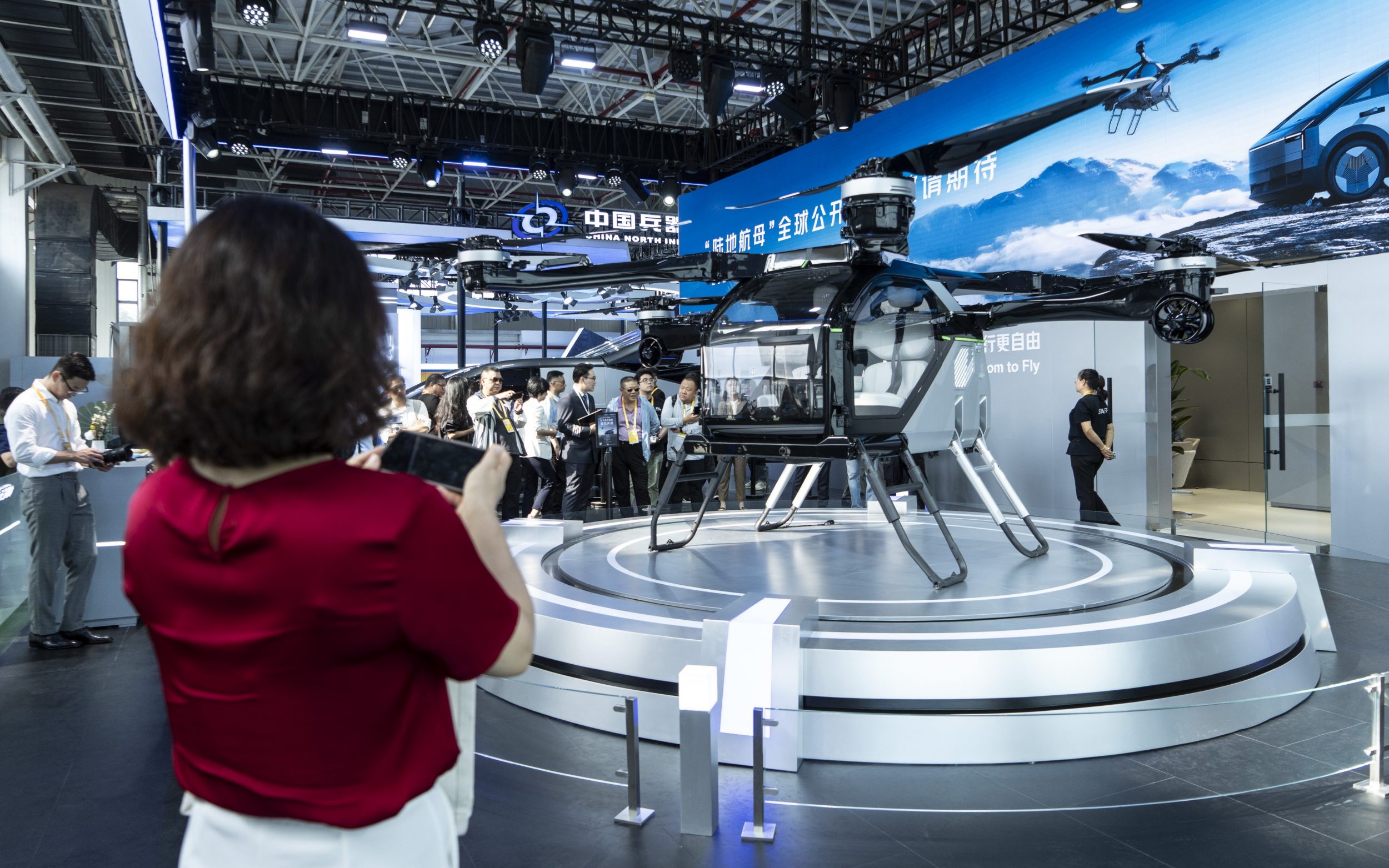
So, what all the fuss is about with another theoretical flying car that's got everyone abuzz?
There are several reasons. Firstly, XPeng's seemingly unconventional name may give the wrong impression about its standing as a major player not only in China but also internationally. In 2024, it sold around 190,000 vehicles, which although lags behind the largest players, still places it in a relatively mainstream position. Its shares are listed on the New York and Hong Kong stock exchanges, it has received investment from Volkswagen, and it's one of the Chinese brands that are making significant inroads into foreign markets, including the UK, where it intends to establish twenty showrooms by the end of the year. The AeroHT branch started out as a start-up but became part of XPeng in 2020. Essentially, it is not just a team of individuals operating from a garage, unlike many of the flying car projects that have come and gone over the years.
You could say that XPeng's design, which allows it to take off and land vertically, is much more like the futuristic flying cars we've always dreamed of, rather than any of the other attempts, which have been more like fixed-wing aircraft that can't fly anywhere without a runway. The AirCar might be more impressive in terms of performance, but you still need a runway to get airborne, which restricts where and how it can be used.
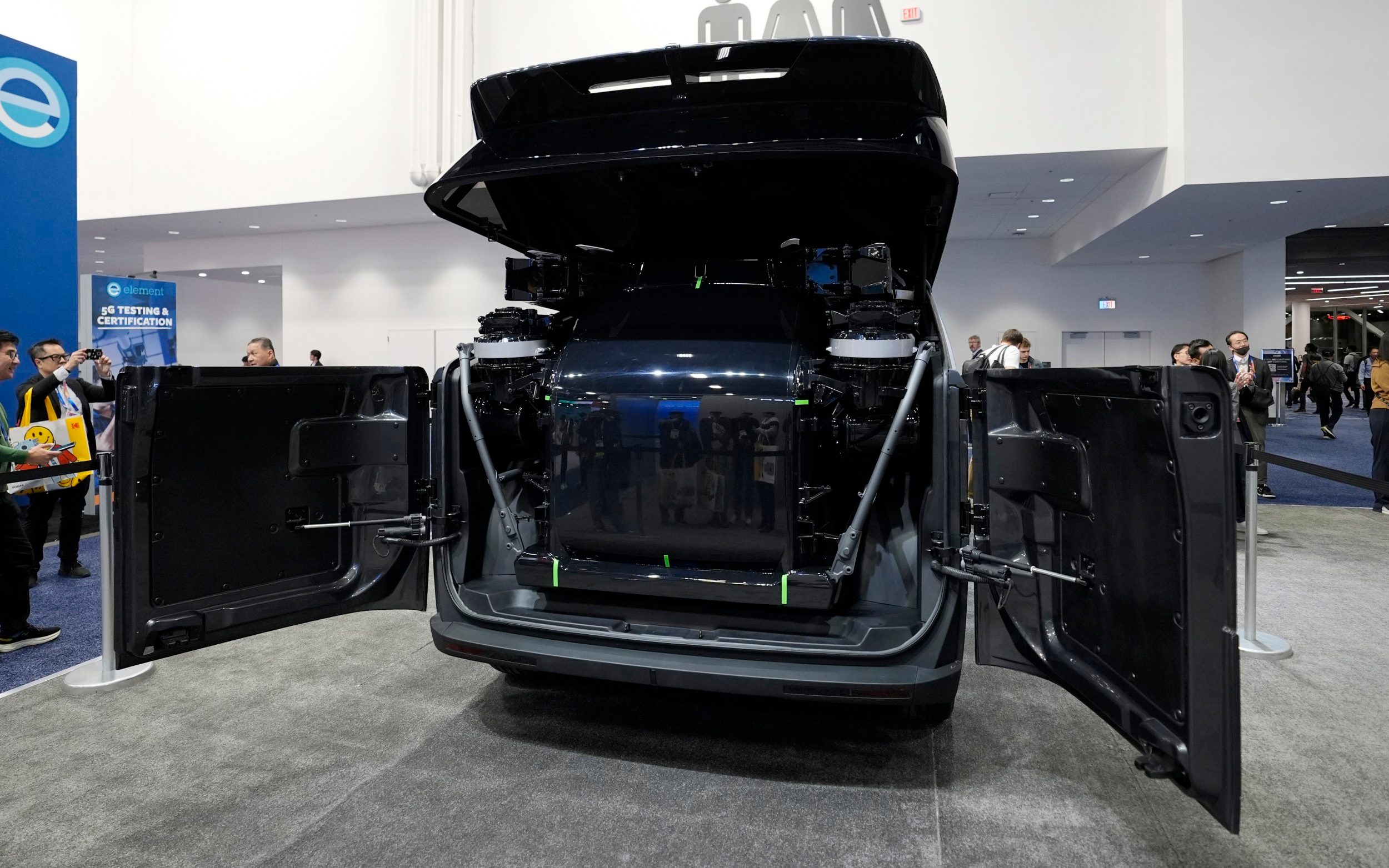
XPeng's Aero HT Land Aircraft Carrier could be seen as two vehicles in one, given its ability to take off vertically, which allows users to potentially use it anywhere a road vehicle can fit, greatly expanding its practical uses and potential customer base.
The aerial capabilities were demonstrated at an airshow in China in November. In fact, observers at Zhuhai Airport saw the quadcopter lift off vertically while an operator controlled it, hover and move about convincingly before returning safely to its starting point with vertical landing, much like a genuine flying car.
Will it ever take to the skies over the UK?
XPeng has announced that the product will start being delivered to customers next year. Noting the quoted price of around £220,000, it's up to you to decide whether or not to believe this information. However, regardless of the cost and timeframe, the project is underway; XPeng has broken ground on a production site capable of manufacturing 10,000 units annually for its flying cars. In the meantime, sales are likely to be limited to China, but the XPeng Aero HT Land Aircraft Carrier is expected to become commercially available in flying car form in the near future. The fact that a product like this is capable of being sold is a testament to XPeng's dedication to and expertise in the e-VTOL sector.
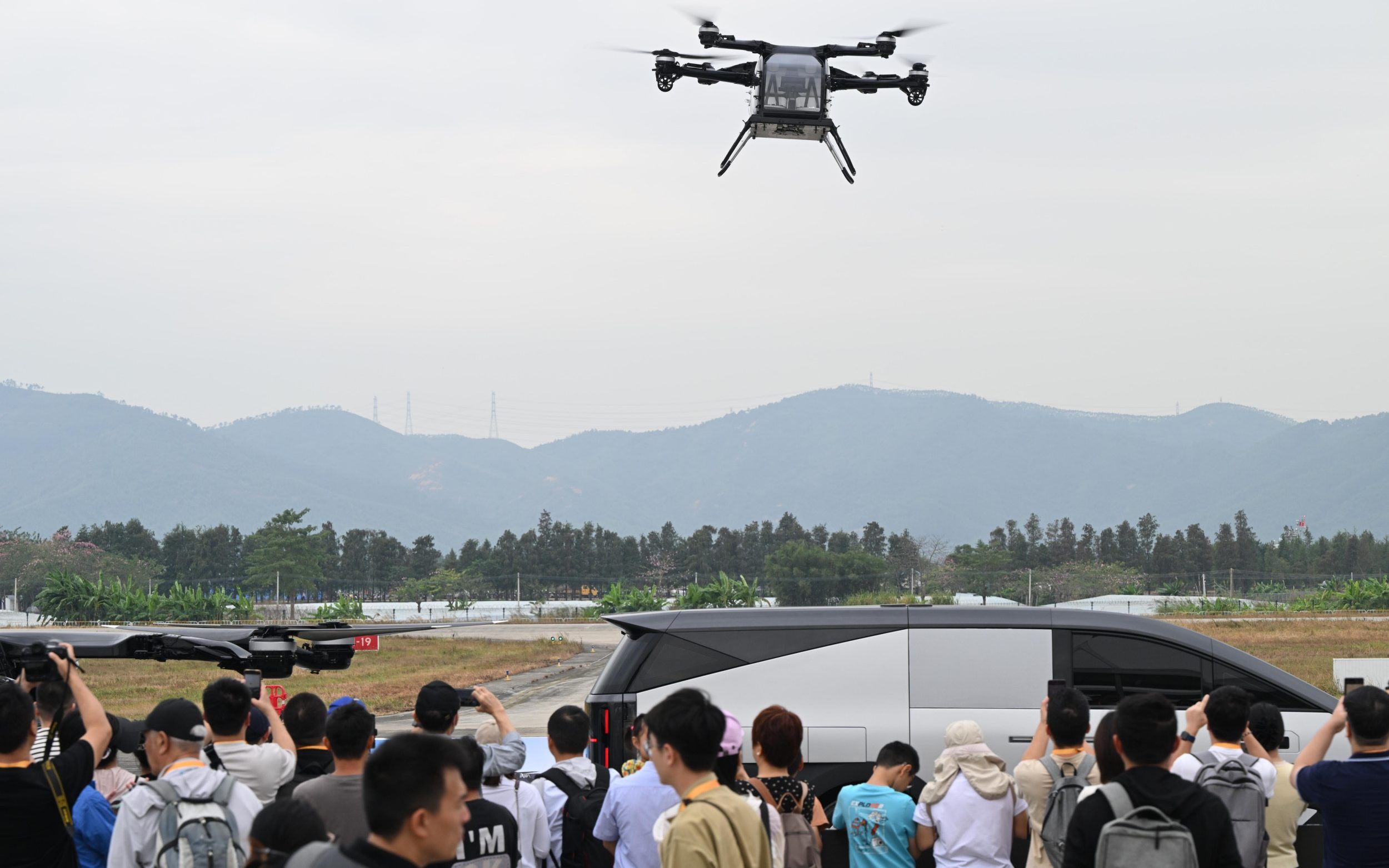
Here is the paraphrased text in United Kingdom language:
But that's only the first challenge. The Airplane will need to clear countless regulatory hurdles before it can even approach international airspace, and many more before someone like you or I would be permitted to fly it. In fact, most readers will need to overcome a few obstacles themselves before getting behind the controls of any aircraft – enthusiastic amateur helicopter pilots based in the UK may hold a slight advantage, but the majority of us are thousands of pounds away from obtaining a licence to fly, despite XPeng's claim that a few hours' training would allow us to learn.
And then there are the more apparent practical considerations. Even if the XPeng Aero HT Land Aircraft Carrier receives the necessary documentation to enable it to be bought and flown internationally, even if it becomes available in the UK at a reasonable price, and even if you have obtained private pilot qualifications, you still won't be able to land it in a supermarket car park or collect your partner from the station. Electric aircraft are noisy, disruptive, hazardous, and generally unwelcome in crowded areas; helicopter movements are, understandably, strictly regulated and, if this device ever finds its way to the UK, its operations will most likely be restricted to the same procedures as current helicopters - primarily between airports and uninhabited land.
And while it signifies a crucial step forward in the evolution of e-VTOL technology, it has a long way to go before becoming anything more than a pricey, noisy novelty. However, the Aero HT Land Aircraft Carrier is currently the most mainstream flying car available – and XPeng could be the first among a number of Chinese brands to seize ground previously occupied only by European manufacturers' ambitious ideas.
Improve your mind with The Telegraph's impressive selection of Puzzles - and be revitalised every day. Challenge your brain and elevate your mood with PlusWord, the Mini Crossword, the difficult Killer Sudoku and even the traditional Cryptic Crossword.
Post a Comment for "Expensive toy or the real deal? Meet China’s new ‘flying car’"